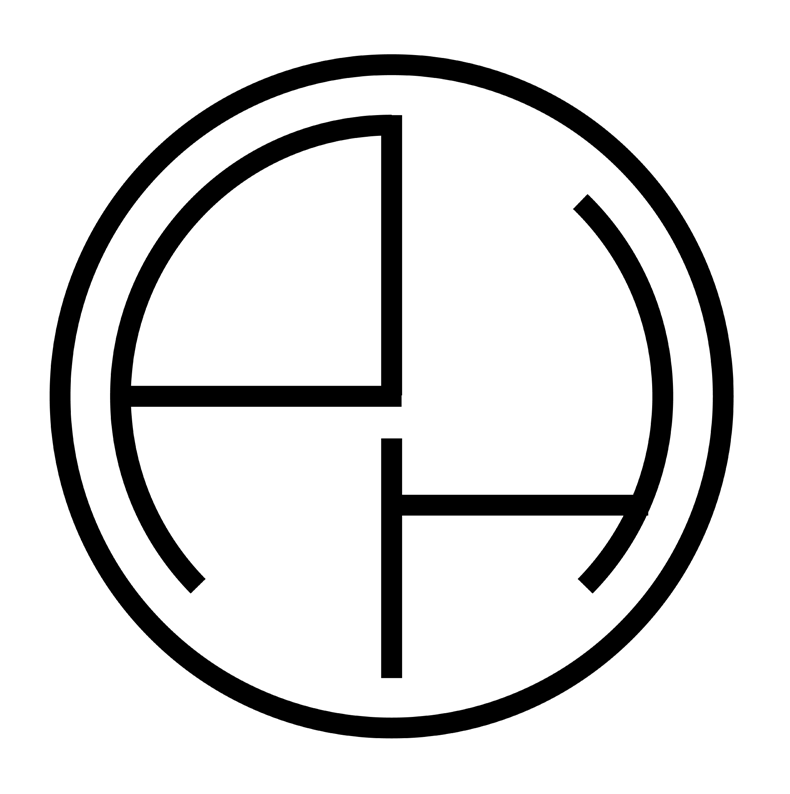We’re big supporters of staying home, which is quite literally saving lives during this time of the COVID-19 pandemic. Working from home has always been second nature to our product studio, and with more organizations following suit, it seems the only time we go out of the house now is to buy groceries or take a socially-distanced walk. During our trips to the grocery store, we’ve noticed that some shops have adapted more quickly than others to the ever-changing health recommendations. Some are even adopting service design principles (knowingly or not) to enforce these measures. One place, in particular, caught our attention.
Iterating on Good Design
I recently spoke at a Sketch Vancouver Meetup about what makes good design. The Spark co-founder (Cody Curley) who spoke before me quoted Dieter Rams’ 10 Principles (Hackernoon), which made it easy for me to follow by posing the question of whether or not people* (*designers) pondered consequences. How might we design for ‘good’? Asking the right questions before starting your next sprint is just as important as designing the right thing.
The Five Entrepreneurs I Met on Earth
Life is made up of a series of choices, and we can choose to be happy with our work, consumption, temperance, or lack thereof. We can find balance or flow (Mihaly Czikszentmihalyi, 2004), or let our low moods bury us into a inward spiral of pessimism. As Csikszentmihalyi says,
Happiness is not a rigid state. Happiness takes a committed effort to be manifested.
Results from a self-induced airplane mode experiment
Published in ACM Limits SIG CHI Paper
In applying transdisciplinary design theory to sustainable design we are led from the present to the future by asking how we can reduce environmental harm now, alter practices to reduce environmental harm in the future, alter practices to promote a healthier society, and create new technology and practices to face future challenges. This is a completed interaction design project inspired by notions of work and life balance.
Arduino Tutorial featured on Instructables
With a pair of inexpensive GSR sensors, which have been used in lie detectors and other biofeedback devices, players power miniature laser-cut “Ding Ding” trams in a race while playing the popular Liar's Dice Game.






